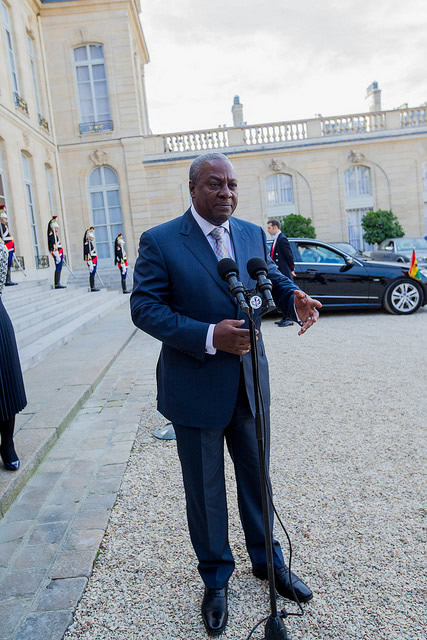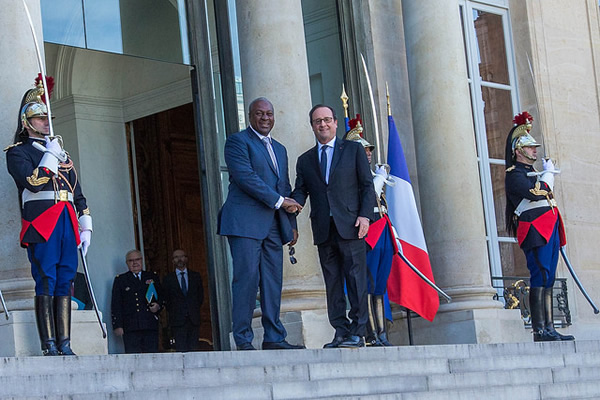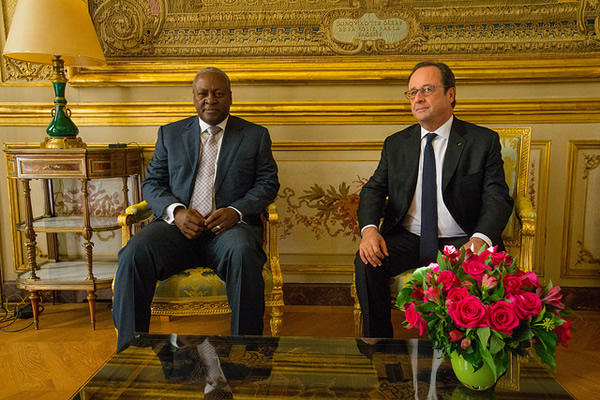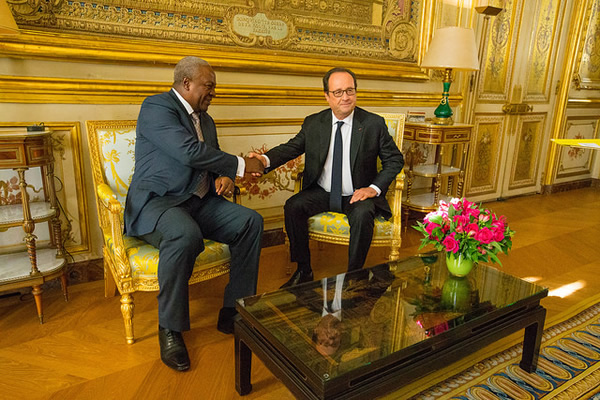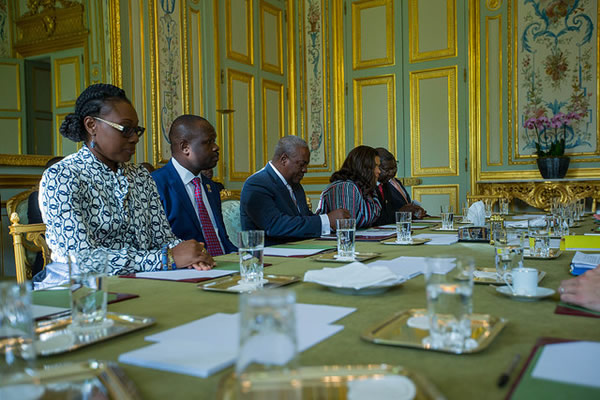 New guidelines from the WHO launched on World Cancer Day on February 4, aims to improve the chances of survival for people living with cancer.
New guidelines from the WHO launched on World Cancer Day on February 4, aims to improve the chances of survival for people living with cancer.
It would ensure that health services could focus on diagnosing and treatment of the disease earlier.
New WHO figures released this week indicated that 8.8 million people died from cancer annually, mostly in low- and middle-income countries.
A statement copied to the Ghana News Agency said the problem was that many cancer cases were diagnosed rather too late.
It said even in countries with optimal health systems and services, many cancer cases were diagnosed at an advanced stage, when they were harder to treat successfully.
Dr Etienne Krug, Director of WHO’s Department of Non-Communicable Diseases (NCDs), Disability, Violence and Injury Prevention said:” Diagnosing cancer in late stages, and the inability to provide treatment, condemns many people to unnecessary suffering and early death.
“By taking the steps to implement WHO’s new guidance, healthcare planners can improve early diagnosis of cancer and ensure prompt treatment, especially for breast, cervical, and colorectal cancers.
“This will result in more people surviving cancer. It will also be less expensive to treat and cure cancer patients.”
All countries can take steps to improve early diagnosis of cancer, according to WHO’s new Guide to cancer early diagnosis.
The three steps to early diagnosis are:
improve public awareness of different cancer symptoms and encourage people to seek care when these arise; invest in strengthening and equipping health services and training health workers so they can conduct accurate and timely diagnostics and ensure people living with cancer can access safe and effective treatment, including pain relief, without incurring prohibitive personal or financial hardship.
WHO encourages these countries to prioritise basic, high-impact and low-cost cancer diagnosis and treatment services.
The Organisation also recommends reducing the need for people to pay for care out of their own pockets, which prevents many from seeking help in the first place.
It said detecting cancer early also greatly reduces cancer’s financial impact: not only is the cost of treatment much less in cancer’s early stages, but people can also continue to work and support their families if they can access effective treatment in time.
It noted in 2010, the total annual economic cost of cancer through healthcare expenditure and loss of productivity was estimated at $ 1.16 trillion.
Strategies to improve early diagnosis can be readily built into health systems at a low cost.
In turn, effective early diagnosis can help detect cancer in patients at an earlier stage, enabling treatment that is generally more effective, less complex, and less expensive.
For example, studies in high-income countries have shown that treatment for cancer patients who have been diagnosed early are two to four times less expensive compared to treating people diagnosed with cancer at more advanced stages.
Dr Oleg Chestnov, WHO Assistant Director-General for NCDs and Mental Health, notes: “Accelerated government action to strengthen cancer early diagnosis is key to meet global health and development goals, including the Sustainable Development Goals (SDGs).”
SDG 3 aims to ensure healthy lives and promote well-being for all at all ages. Countries agreed to a target of reducing premature deaths from cancers and other NCDs by one third by 2030. They also agreed to achieve universal health coverage, including financial risk protection, access to quality essential health-care services, and access to safe, effective, quality and affordable essential medicines and vaccines for all.
At the same time, efforts to meet other SDG targets, such as improving environmental health and reducing social inequalities can also help reduce the cancer burden.
Cancer is now responsible for almost one in six deaths globally. More than 14 million people develop cancer every year, and this figure is projected to rise to more than 21 million by 2030.
Progress on strengthening early cancer diagnosis and providing basic treatment for all can help countries meet national targets tied to the SDGs.
Again, most people diagnosed with cancer live in low- and middle-income countries, where two thirds of cancer deaths occur.
Less than 30 per cent of low-income countries have generally accessible diagnosis and treatment services, and referral systems for suspected cancer are often unavailable resulting in delayed and fragmented care.
The situation for pathology services was even more challenging: in 2015, approximately 35 per cent of low-income countries reported that pathology services were generally available in the public sector, compared to more than 95 per cent of high-income countries.
Comprehensive cancer control consists of prevention, early diagnosis and screening, treatment, palliative care, and survivorship care.
The statement said all should be part of strong national cancer control plans.
WHO produced the comprehensive cancer control guidance to help governments develop and implement them to protect people from the onset of cancer and to treat those needing care.
Cancers, along with diabetes, cardiovascular and chronic lung diseases, are also known as NCDs, which were responsible for 40 million (70 per cent) of the world’s 56 million deaths in 2015.
More than 40 per cent of the people who died from an NCD were under 70 years of age.
WHO, and the international community, have set targets to reduce such premature NCD deaths by 25 per cent by 2025 and by one third by 2030.
Countries have endorsed a range of targets to address NCDs, including making available and affordable basic medical technologies and essential drugs for treating cancers and other conditions in health facilities.
Source: GNA














